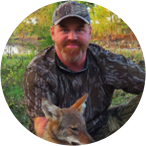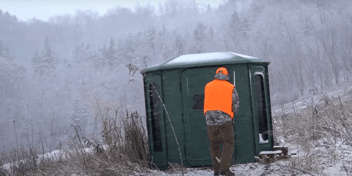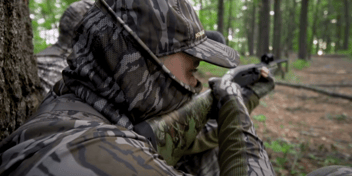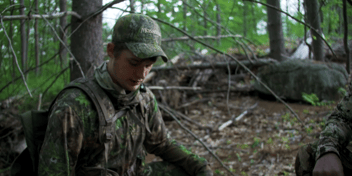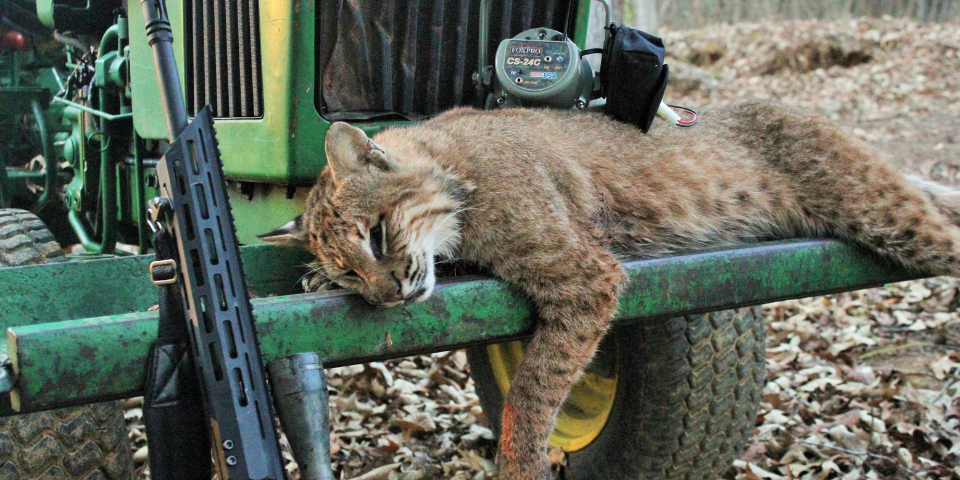
Successful predator hunters know there is little room for error when it comes to going head to head with some of the wariest critters on earth. Coyotes, foxes, and cats… are super cautious and rarely make mistakes. If you want to be successful at killing them, you better not make mistakes either. Here are the 7 deadly sins of the predator hunter. Make these mistakes, and you can pretty much count on going home empty-handed.
1. Ignoring the Wind
Coyotes and elk are two of the most frustrating critters on earth because of their knack for busting hunters who pay little attention to the wind. They live and die by the wind. To get the upper hand on them, you better make sure you know what the wind direction is doing on every stand. If the wind is not right for the stand, move on to the next. Hunters that ignore the wind educate predators, not kill them.
2. Hunting With the Sun in Your Face
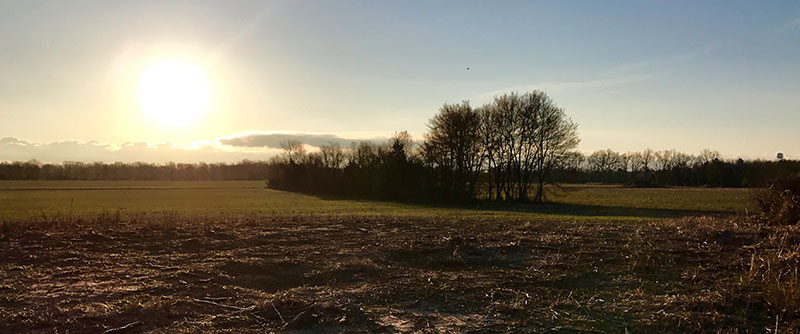
The sun’s glare on you or your equipment is a deal breaker. Avoid making a calling stand with the sun rising or setting in your face.
The sun's reflection on your scope, binos, camera, or any other gear with shine and sheen will be a deal-breaker. It’s a glaring red flag for approaching predators. When they catch a glimpse of the sun unnaturally reflecting off you or your gear, the game will be over. They will typically turn on a dime and get out of town. Make sure to hunt with the sun at your back. This gives you the advantage as approaching predators will have the sun in their face and will allow you to get away with more movement when preparing for the shot. Make plans for stand sets facing west in the morning and east in the afternoon.
3. Calling Too Loud
It often takes extra volume to connect with the ears of a predator at long distances, but once they respond, start bringing the volume down. A lot of hunters blow the deal by blowing the guts out of their call, even with predators closing in. Remember, you are mimicking the sound of an animal with tiny lungs. Loud, endless wailings are not natural. Tone it down, and sound like something running out of breath and dying. Always keep in mind that coyotes have incredibly keen senses. Their ability to hear from long range is amazing. I typically lip squeak at coyotes once they are close to within 200 yards. The sound is soft and enticing, a great finisher call. It’s poison on coyotes.
4. neglecting other call sounds
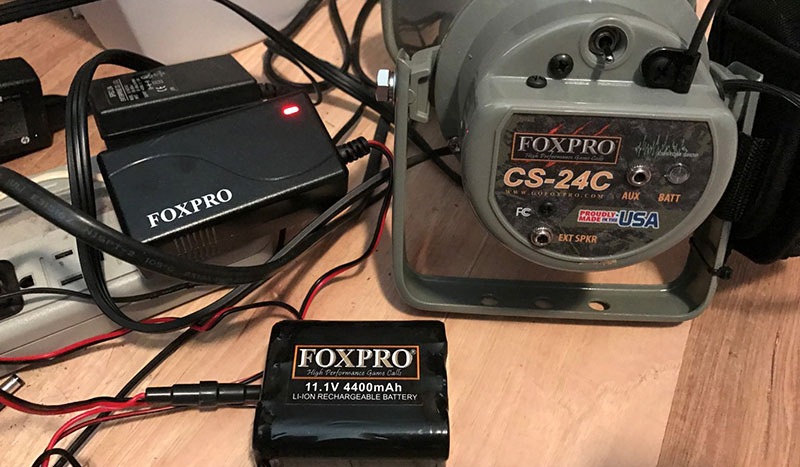
Sure, we all have our favorite sound to use when calling predators. The rabbit distress sound still kills more critters for me than anything else. But different hunts call for different sounds. Don’t get stuck in a rut and continue making the same mistakes over and over again. Insanity has been defined as doing the same thing over and over again, but expecting different results. Too often we fall victim to this. We use the same call over and over again, determined to make it happen. Yet, the results are the same. Don’t be an insane caller. Mix up the sounds you use when returning to a farm you’ve hunted before. Vary your routine with a medley of coyote vocals as well as prey sounds.
5. Failing to Keep Equipment Charged
This one will make you feel like a fool. It’s happened to me more times than I care to admit. You climb out of the truck at your first stand of the morning, hike to the calling location, begin to set up your eCaller and realize, your eCaller is stone cold dead. Hopefully, you got a mouth call to keep you in the game, but oftentimes the eCaller is the only option. Don’t let this one bite you. Keep your batteries charged on all your equipment. Make a habit of checking your gear the night before the hunt. Plug battery packs in for a recharge before you climb into bed for the night. And keep extra batteries in your pack for those times when you find yourself in a pinch.
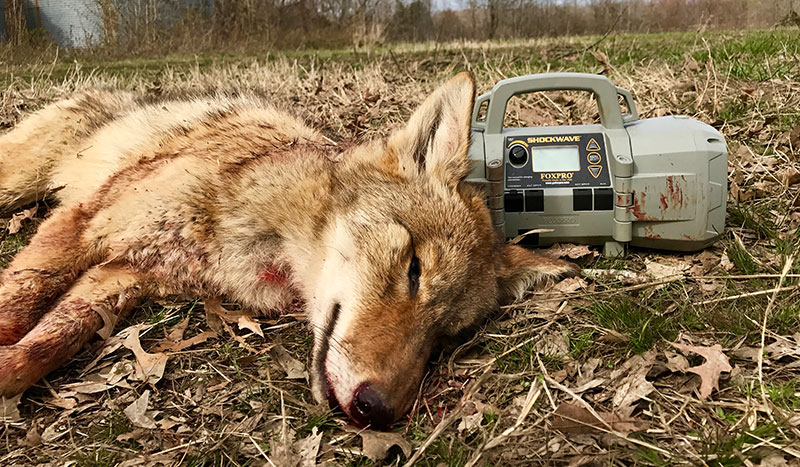
Electronic calls allow you to mix up your calling routine and avoid using the same sound over and over. You can also easily adjust the volume as predators approach. Just be sure your batteries are charged before you head to the field.
6. Lacking gun Confidence
You can do everything right to get a predator in front of you, but if you can’t kill him when the opportunity arises, you fail. You work too hard to make it happen to drop the ball here. Shot opportunities at predators are too few and far between to blow it with this sin. Knowing your gear is of the utmost importance. This comes by practice on the range. And not just any practice, but practice like you’re hunting. You may shoot ½” groups with your gun in the vice on a big shooting bench, but can you make deadly shots when you’re sitting on your butt and have nothing but a pair of shooting sticks for support? Practice like you hunt, and be prepared to be deadly from a variety of shooting positions.
Not being confident in your rifle is a sin. Take the time to practice and hunt with complete confidence in your gun. (MMR Carbine Rifle - #65074)
7. Giving Up Too Soon
It was nearly 20 years ago when I called my predator hunting mentor, George Brint, on the phone and sang the blues over my bad luck with calling coyotes. I wasn’t having much luck at getting things done. I was naïve in thinking that I should be calling up coyotes every stand or two. That just doesn’t happen where I live in Tennessee. George encouraged me to make more stands. “It’s a numbers game,” he said. “About the time you feel like giving up, call one more stand. That’s usually when it happens.” Years ago, it seemed like we’d call up a coyote every 6 or 7 stands. Sadly, with more people hunting predators these days, those numbers have increased. The key is to find quality spots with good predator numbers and keep going until your call lands on the ears of a hungry predator. It’ll happen. Just don’t give up too soon.
Just one of the 7 deadly sins above is enough to ruin a hunt. Take the time to clean up your game, avoid these mistakes, and you’ll be well on your way to success when predator hunting this year.
About the Author
